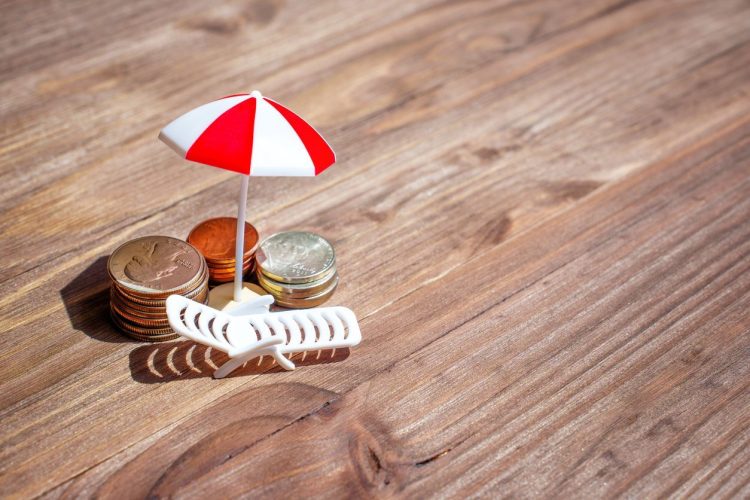In a year marked by ongoing economic uncertainty and evolving consumer habits, a popular travel trend is having a resurgence among U.S. travelers: the micro-cation.
According to the results of Allianz Partners USA annual Vacation Confidence Index, Americans are increasingly opting for shorter but more intentional getaways—redefining how they plan, spend and experience their time away from home. The Vacation Confidence Index has been conducted each summer since 2009 by national polling firm Ipsos Public Affairs on behalf of Allianz.
Micro-cations, defined as a leisure trip that is more than 100 miles from home for four or fewer nights, are making a strong comeback in 2025 as travelers seek to balance time, cost and experience, according to Allianz. These shorter getaways offer a practical solution for Americans navigating high travel costs, limited time off, and a desire for meaningful breaks without the commitment of a week-long vacation.
Whether it’s a two-night city escape or a long weekend by the coast, micro-cations can be an ideal way to fit travel into busy lifestyles. As inflation continues to shape spending behavior and workplace flexibility enables more frequent but shorter trips, micro-cations have emerged as a preferred way to recharge, without overextending budgets or schedules, said Emily Hartman, general manager at Allianz Partners.
The Allianz study reveals that 34% of Americans now say their first vacation of the year will last just two nights or less, up four percentage points from last year. The average trip length is expected to dip slightly to 4.2 nights, down from 4.6 nights in 2024. While longer getaways may be less common, travelers are still eager to make the most of their time away—often choosing shorter, more frequent breaks to balance rising prices with their desire for meaningful experiences.
While vacations may be getting shorter, they’re certainly not getting cheaper, as one-night trips are the most expensive on a per-night basis, averaging $700 per night, compared to $396 per night for a traditional week-long vacation. The data suggests that many Americans are willing to spend more for luxury, convenience and quality over quantity—even in a time of economic caution.











